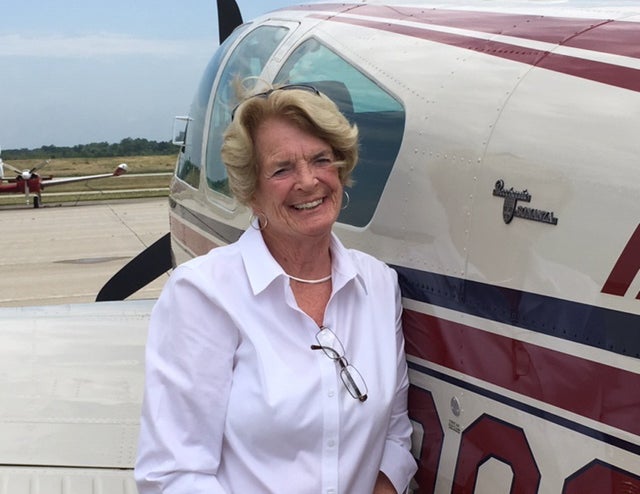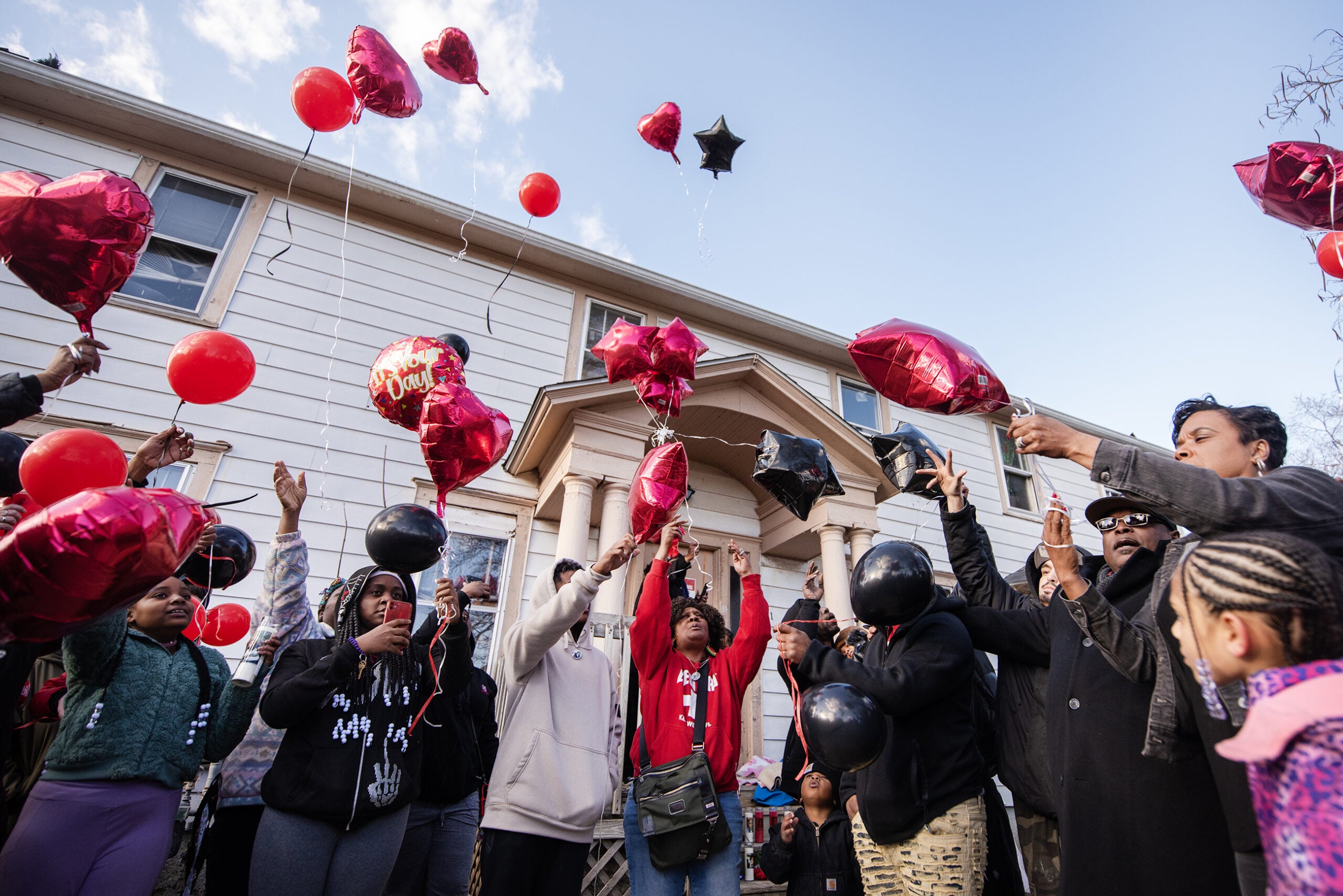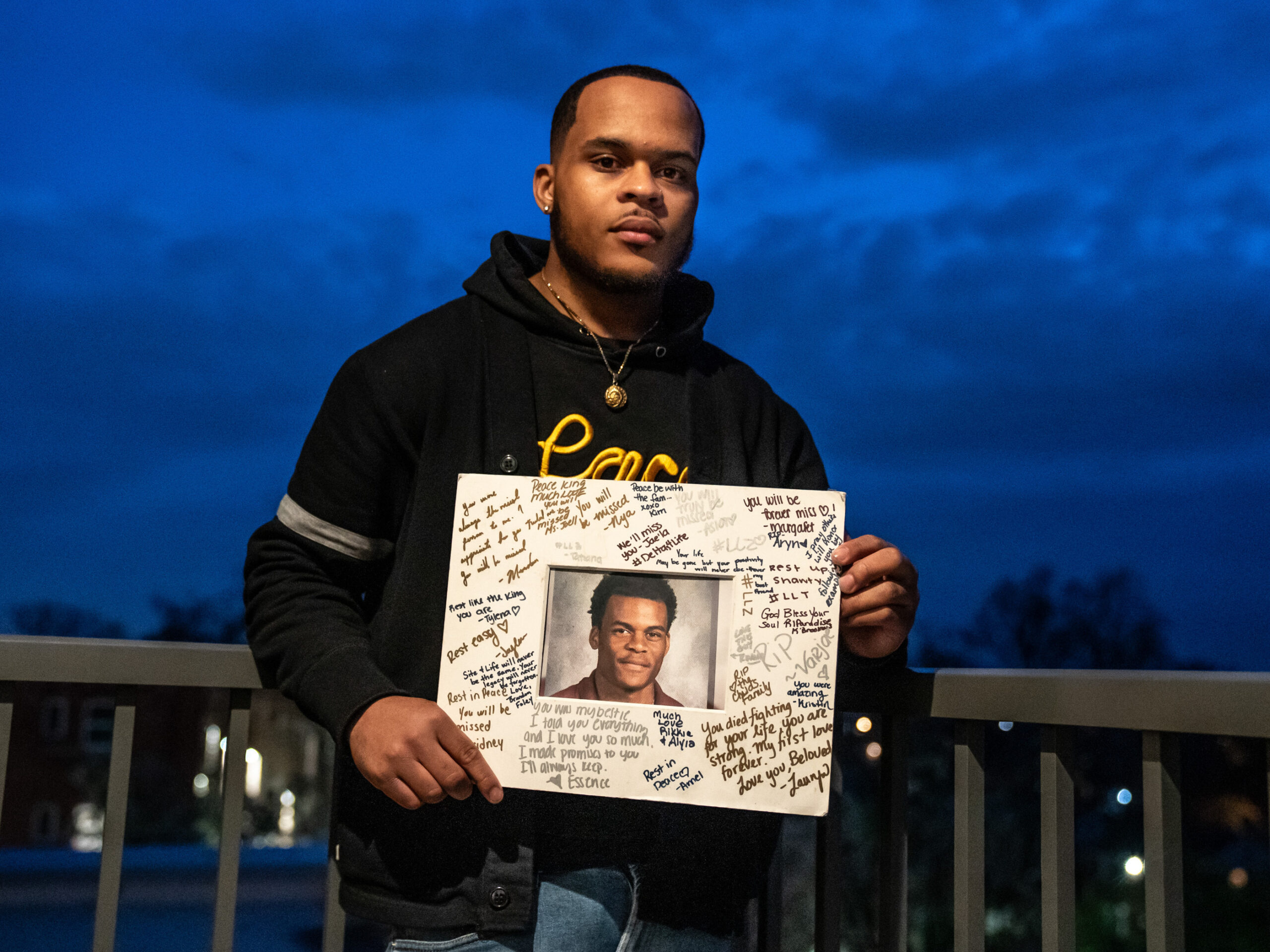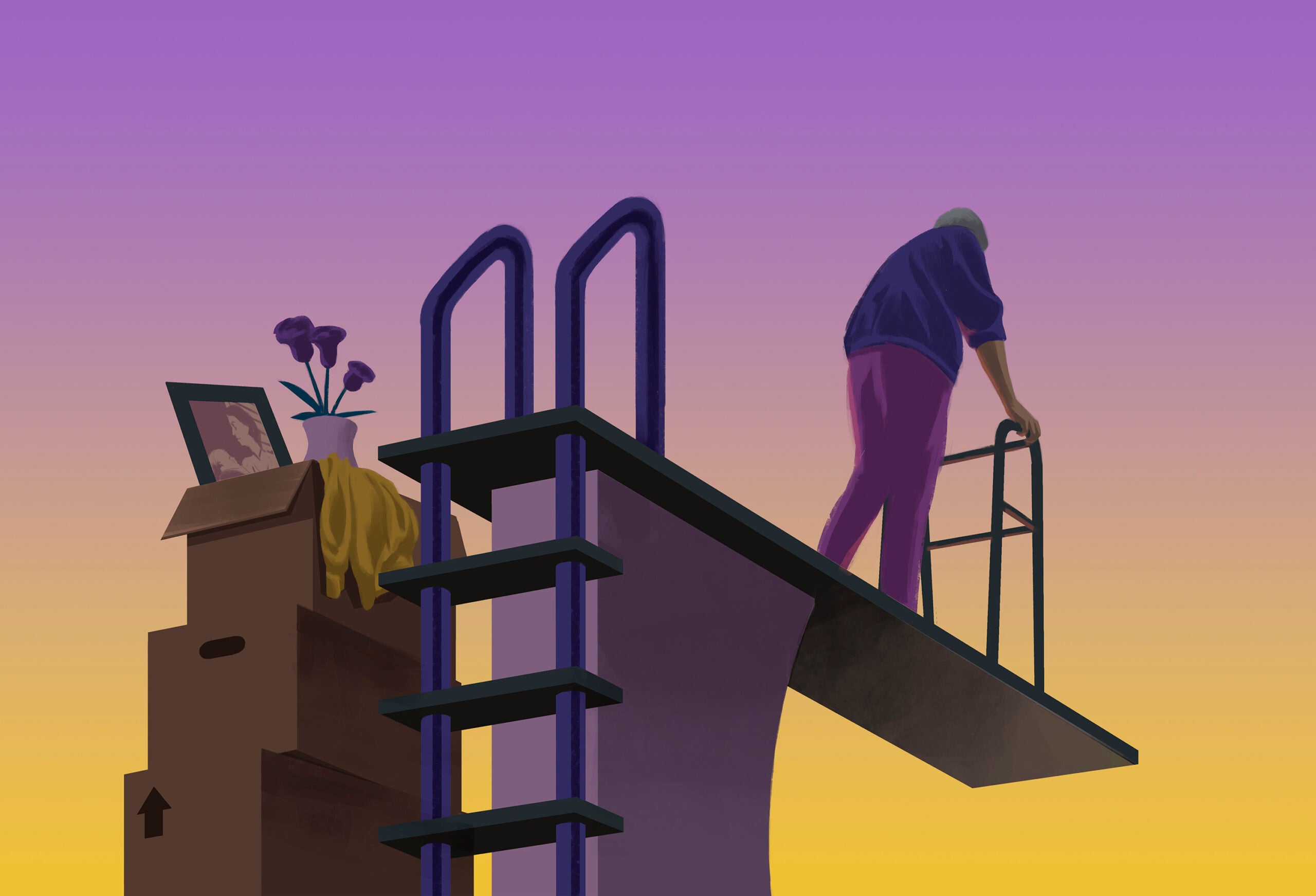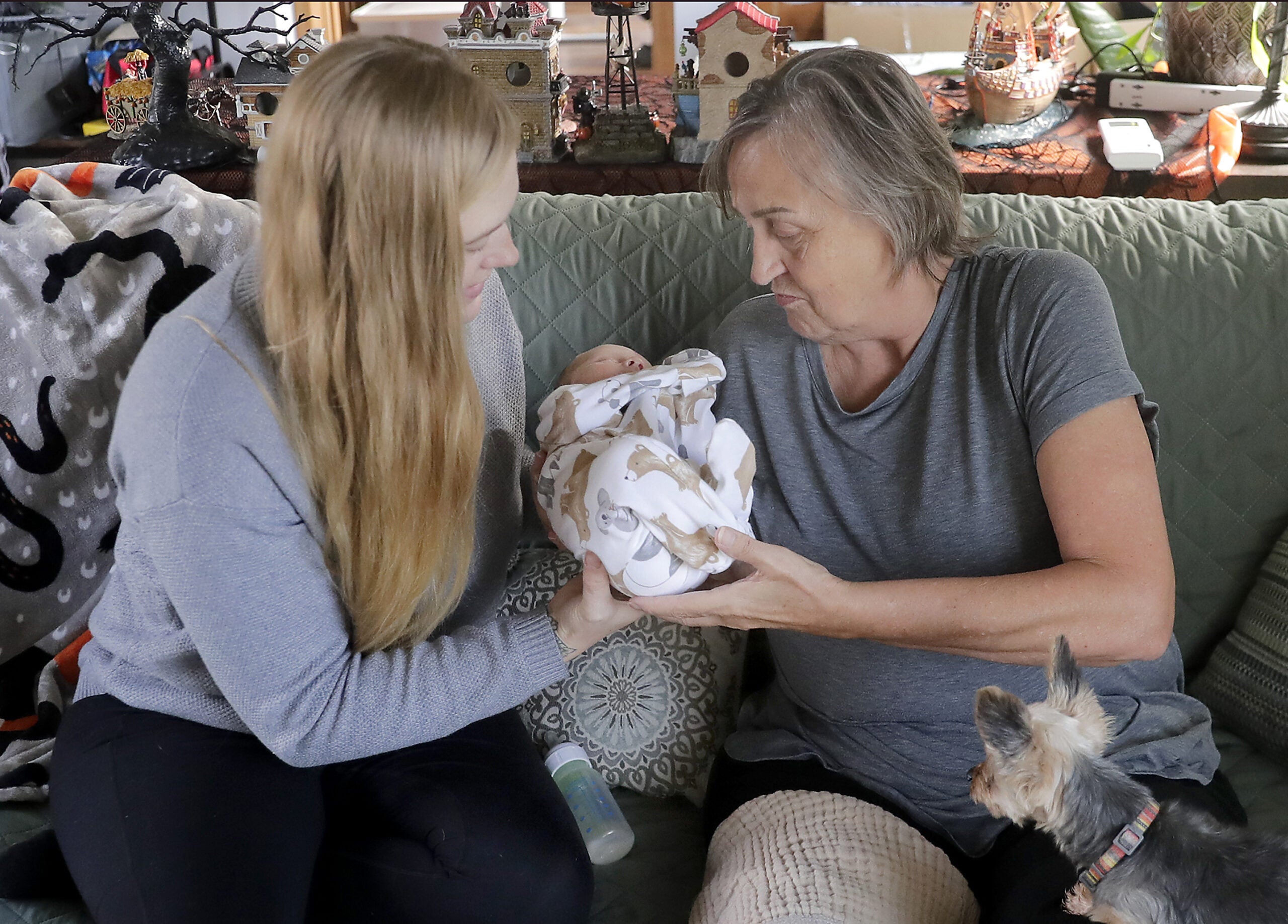Confined to her apartment since mid-March, senior living facility resident Beverly Blietz grew increasingly depressed. A former recreational pilot, Uber driver, art gallery docent and community volunteer, 85-year-old Blietz loved to drive around Door County visiting with friends and family, but found herself involuntarily locked down when the pandemic hit. Her 680-square-foot apartment, instead of offering independent living, began to feel more like a cage.
Unable to visit with her son or daughter, who both live in neighboring towns, Blietz said she began to reconsider her living arrangement, even taking to looking through local rental ads to see if there was a new place she could move.
“What if this is to be my last summer on earth?” Blietz wondered. “Because if it is, should I be making decisions to redirect the life I have left? I’m safe and virus free, but at what cost?”
Stay informed on the latest news
Sign up for WPR’s email newsletter.
In addition to her own feelings of extreme loneliness, Blietz reports that other residents of Good Samaritan-Scandia Village “are despondent and desperate for conversation with a friendly face.” She questions whether the lockdown procedures, while designed to keep the elderly population safe, are ultimately worth the cost. “In the future will we look back on these days as irreparably damaging to an aging population? Will we better understand or even accept the brutality of isolation?”
Making the situation particularly painful, Blietz’s son-in-law, Mike Martin, 64, is a resident of the memory care center at the same facility. Blietz can see his building across the parking lot from her patio. Prior to the pandemic, her daughter Paige used to visit him regularly, but now has not seen him in three-and-a-half months.
Blietz recalls that when Paige would visit Mike, she would end each visit by telling him she loves him, and that she would always come back. “Can he understand what has happened to their world, and can he ever know why she hasn’t returned?” Blietz said.
In mid-June, Paige invited Blietz to move into her condo in Ellison Bay. Initially reticent to impose on her daughter, Blietz ultimately took her up on the offer. Still, her freedom is limited. While Blietz is no longer subject to nursing home rules, she must still stay close to home and distant from her extended family.
“I realize that my lifestyle will not change with the new landscape. I am, and will continue to long for the habits that brought me joy, but now I’m fearful of people I know and love. Of places harboring potential pandemic, and of things I cannot see.”
At the end of June, settled into her daughter’s guest room, Blietz recalled waking from a favorite dream: “I was flying my airplane in the cockpit alone, taxiing out to the run-up pad, then, without a sound, cleared for takeoff. Throttle forward, the surge of power, accelerating. It took me back 40 years to my first solo flight, and that heart-skipping moment of lift-off. Breaking the bonds of earth, and free again.”
Her stay with her daughter won’t be forever though — Blietz has signed a lease in a different apartment complex in the area, and will be moving into her own place at the end of July.
Editor’s note: Outbreak Wisconsin is a collaborative project by Wisconsin Watch and WPR following Wisconsin residents as they navigate life during the coronavirus pandemic. The residents will contribute diary entries, in the form of audio, video, text, drawings and photos of themselves, their families and personal and professional lives. That content will be supplemented by interviews and digital content to provide a full picture of how the pandemic is affecting all aspects of life in Wisconsin.

